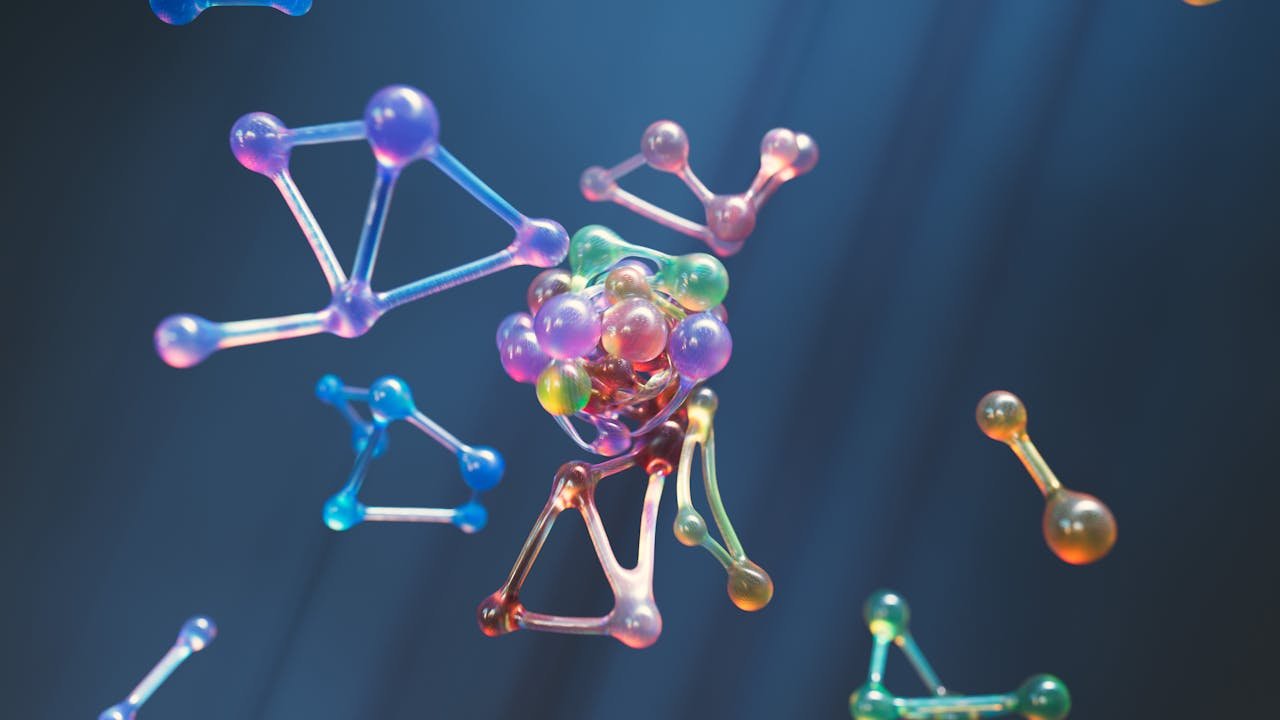
Look around you.
Seriously, take a moment and just look.
See your hands?
Your clothes?
Maybe a glass of water nearby?
Now… what if I told you that everything—yes, everything—is made of the same little things?
Not just your toys, or the air, or your lunch.
Even YOU.
These little things are so small, you can’t see them—not even with the best camera.
But they are there. They are everywhere.
They are called…
Atoms.
Wait! What Is an Atom?
Imagine a Lego block. You can build big houses, cars, or spaceships with lots of Lego pieces.
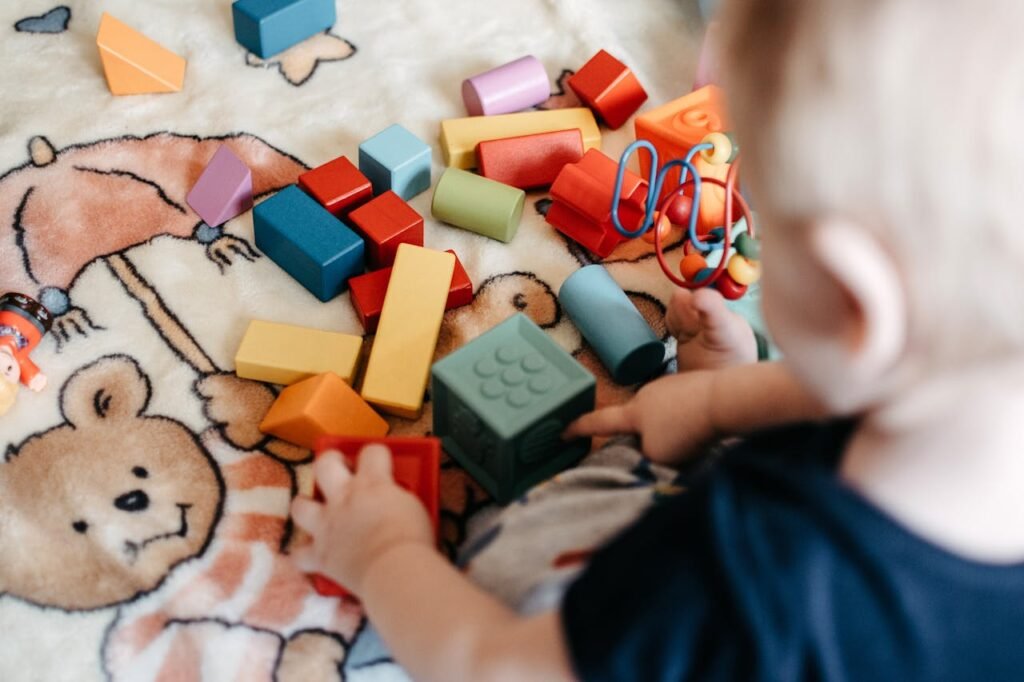
But if you break a Lego house down to its tiniest part, you get just one single block.
Atoms are like that.
They are the tiny building blocks of everything in the whole universe.
Not just Earth.
Not just your bedroom.
But also the Moon. The stars. The trees. The oceans. Dinosaurs. You. Me.
They’re super, super small, but they make up everything.
Why Should You Care About Atoms?
Now, you might be thinking:
Okay, so atoms are small. But why do I need to know about them?
Great question.
Let me tell you something cool.
When you understand atoms, you start seeing the hidden world behind every little thing.
You understand why things happen.
-
Why does ice melt?
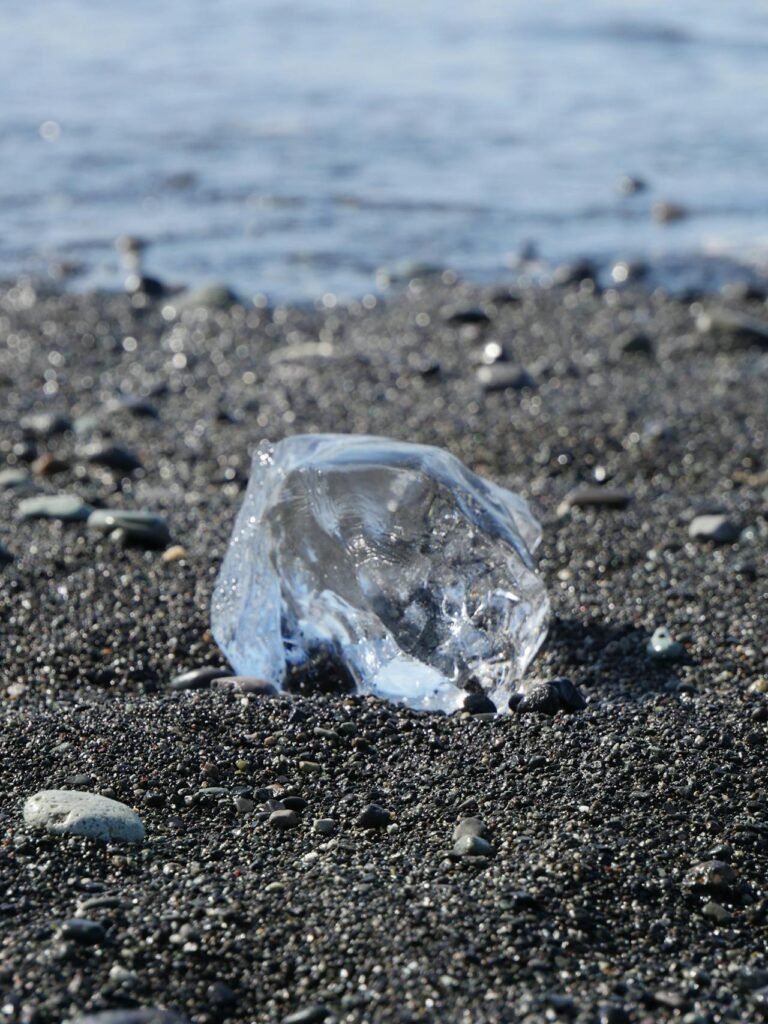
-
Why does chocolate melt in your hand?
-
Why do things catch on fire?
-
Why do you grow?
-
Why does your dog need food?
-
Why does water turn into steam?
All these things happen because of atoms.
And when you understand atoms, you understand the world.
How Small Is an Atom?
Here’s something fun:
Hold up a single hair from your head. (Don’t pull it out—it’s okay if it’s already fallen.)
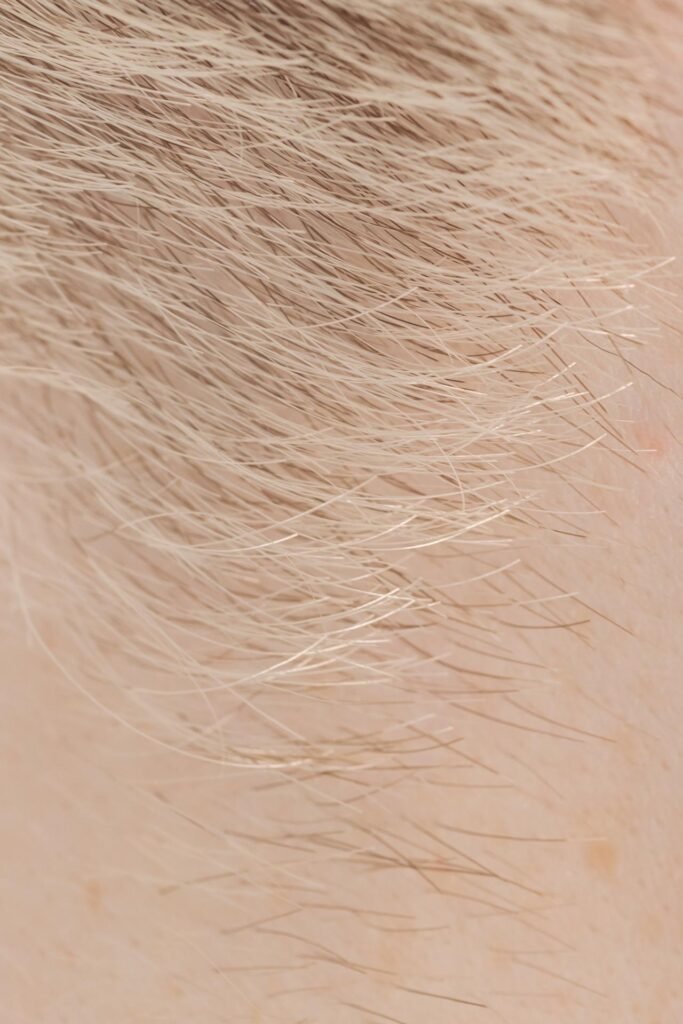
That hair might be super thin.
But guess what? You could fit about a million atoms across the width of that hair.
One million.
Side by side.
Just on that tiny line.
Now imagine how many atoms it takes to make your whole body!
You’re like a walking universe of atoms.
Can You See Atoms?
Nope.
Not with your eyes. Not even with a regular microscope.
Atoms are way too tiny.
But scientists have found smart ways to “see” them.
They use special tools, called “electron microscopes.”
They also look at the way tiny particles move, like watching dust in water. (We’ll talk more about that later.)
But even if we can’t “see” them with our eyes, we can see what atoms do.
We can see their work—how they move, bump, dance, and change things.
That’s how we know they’re real.
So… What Is Everything Made Of?
Let’s play a little game.
I’ll name something, and you think: “Is this made of atoms?”
-
Chocolate?
-
Water?
-
Paper?
-
Air?
-
Dogs?
-
Fire?
-
You?
Answer: Yes, yes, yes, yes, yes, yes, and yes.
Even things that feel “empty” like air or gas are full of atoms.
If something takes up space—even a tiny bit—it’s made of atoms.
Why Do Things Move?

Here comes the really fun part.
Atoms are never still.
They are always moving, even when you think nothing is happening.
Even if you’re lying in bed, not moving at all—your atoms are dancing like crazy.
In a rock, the atoms are shaking slowly.
In water, they’re moving faster, sliding past each other.
In gas (like steam), they’re flying all over the place!
So when things move, change, heat up, cool down—it’s because atoms are acting up.
They’re bumping, wiggling, flying, sticking, or bouncing.
Why Do Things Burn or Melt or Freeze?
Let’s take something simple: ice cream.
Delicious, right?
If you hold it too long, it melts. Why?
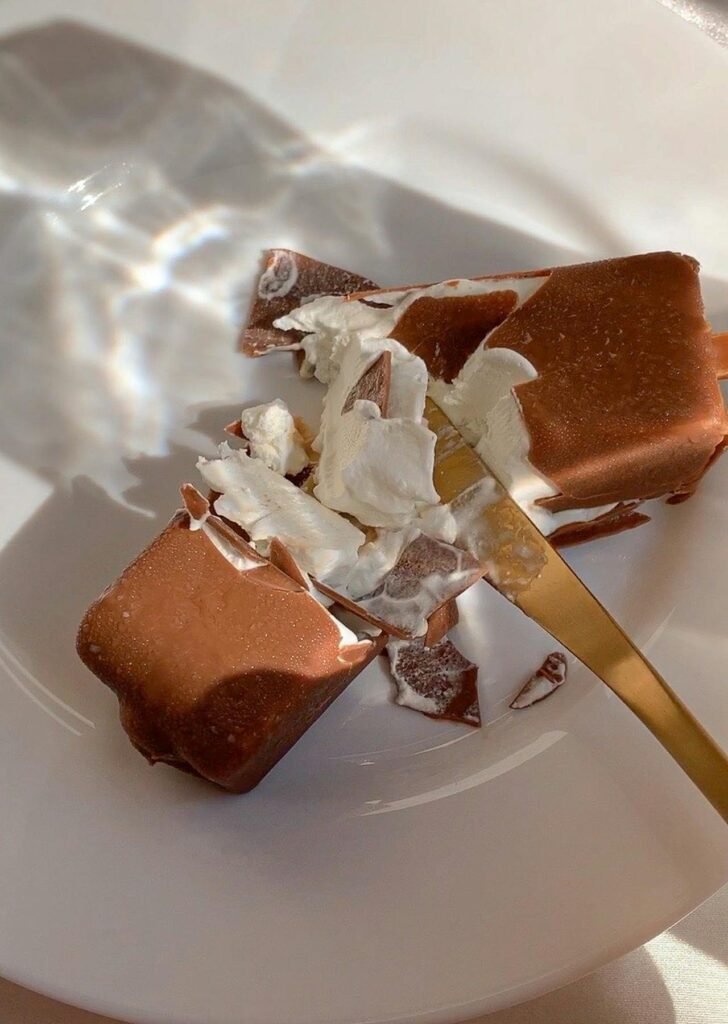
Because heat makes atoms move faster.
When the atoms in ice cream get warm, they start jiggling more and more.
They let go of each other.
That’s when your solid ice cream turns into a gooey puddle.
Now, put that melted ice cream in the freezer again.
The cold slows the atoms down.
They start sticking together again.
It becomes solid.
The same thing happens with water, chocolate, or even metal.
It’s all about atoms moving faster or slower.
Why Do Things Mix?
Have you ever mixed sugar in water?
What happens?
It disappears!
But did it vanish? No.
What really happened is:
-
The water atoms moved around and carried the sugar atoms with them.
-
They mixed in, like people spreading out in a park.
Atoms love to move around and explore space.
That’s why perfume spreads in a room, or why tea becomes sweet when you stir sugar.
It’s atom-party time. 🎉
Why Do We Grow?
Every time you eat, your body takes in food made of atoms.
Yes, food = atoms too.
Your body breaks it down into tiny parts and sends the atoms to the right places.
Some go to your muscles.
Some go to your bones.
Some help you grow taller.
Some become energy so you can run, jump, and play.
Without atoms, you wouldn’t grow at all.
And not just you—plants, animals, and even bugs grow because atoms come together in amazing ways.
Why Do You Need to Breathe?
Great question.
When you breathe in, you take in oxygen atoms.
Those atoms go into your blood and help your body turn food into energy.
It’s like putting fuel in a car.
Without those atoms from the air, your engine (your body) wouldn’t work.
So even breathing is really an atom exchange.
What About Colors, Smells, Sounds?
Let’s start with colors.
Why is a leaf green?
Because atoms in the leaf reflect only the green part of light.
They absorb other parts and bounce back the green.
Your eyes see that bounced light—and boom! Green!
Smells?
That cookie smell in the kitchen?
Tiny atom-groups float in the air and hit your nose.
Sounds?
Atoms in the air bump into each other when someone talks.
These bumps travel through the air and reach your ears.
So…
-
Color = atoms + light
-
Smell = atoms in the air
-
Sound = atoms bumping around
Atoms, atoms, atoms.
How Do We Know Any of This?
You’re probably wondering: “Wait… if atoms are invisible, how do we even know they’re real?”
Good question.
A long time ago, people guessed there were tiny building blocks in nature.
But in the last 200 years, scientists found proof.
One of the coolest proofs is something called Brownian motion.
(A fancy name, but we’ll keep it simple.)
Here’s what happened:
-
A man named Mr. Brown saw pollen in water jiggling around like crazy under a microscope.
-
No one touched it. No one stirred the water. But it kept moving!
Why?
Because the water atoms were crashing into it—like bumper cars!
Even though we couldn’t see the atoms, we could see what they did.
What Happens When Things Catch on Fire?
Fire is one of the coolest things atoms can do.
Let’s say you light a match.
What’s really happening?
-
You add heat.
-
The atoms in the match head start moving super fast.
-
They break apart and recombine with atoms from the air.
-
This makes light, heat, and new stuff (like smoke and ash).
Fire is a super-fast atom dance party.
Let’s Do a Thought Experiment
Close your eyes for a second (but keep reading in your mind 😄).
Imagine everything around you is see-through—but only atoms are colored.
You’d see:
-
The air filled with buzzing atoms
-
Your body made of tiny dots dancing
-
Your water glass with atoms floating and sticking
-
Your clothes with atoms tightly packed in long chains
Now imagine zooming in…
Closer… closer…
Boom. A single atom.
Tiny. Dancing. Not alive but as if alive in a way.
And then… a million more beside it.
All part of YOU.
That’s the world we live in. You just never saw it.
Until now.
Last Thing: Why Is This the First Thing We’re Learning at Debsie?
Because if you understand atoms,
you can understand everything else.
-
Chemistry? Atoms making new friends.
-
Biology? Atoms working in teams.
-
Physics? Atoms in motion and balance.
-
Even emotions? Brain atoms firing signals.
-
Cooking? Atom changes with heat.
-
Art? Color bouncing off atoms.
So we’re starting where all knowledge begins—
With the smallest things that make up the biggest things.
Atoms.
Now You Know: Why Atoms Matter
So let’s recap, in plain words.
-
Everything you touch, see, feel, smell, and are—comes from atoms.
-
Atoms never stop moving.
-
When atoms move, things change.
-
Understanding atoms helps you understand the why behind everything.